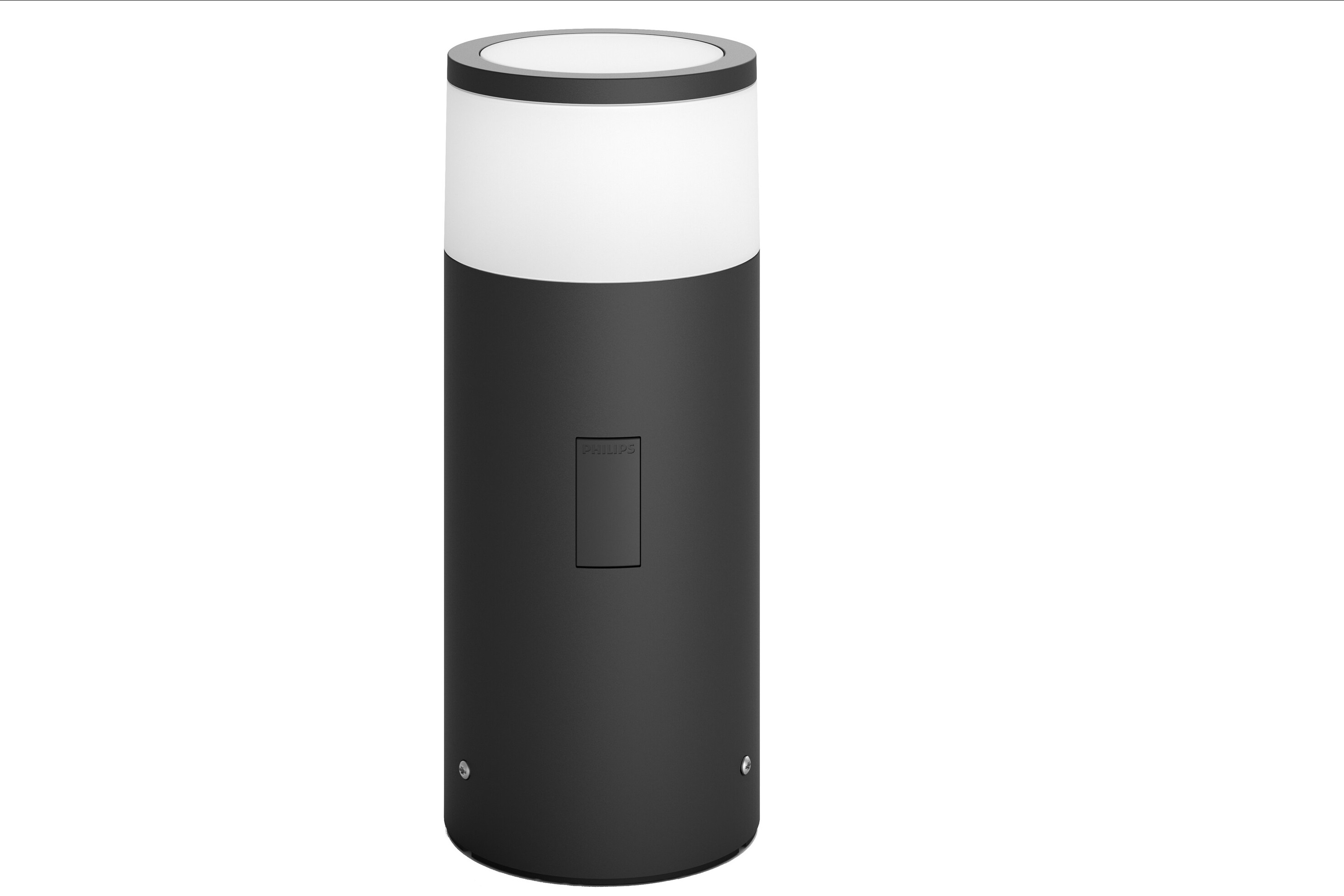Smart Agriculture
Internet of Things (IoT) solutions for solving agricultural problems
How will the Internet of Things (IoT) transform the agricultural industry?
With the increase in the population of the planet and the expansion of the challenge of food shortage, the agricultural industry has gained special importance. The increasing importance of agriculture has caused the Internet of Things (IoT) to bring about fundamental changes in the irrigation and fertilization systems of farms, gardens, and greenhouses. In this article, we will examine the use cases of the Internet of Things (IoT) in agriculture and examine their benefits. So, if you are planning to invest in smart agriculture, stay with us.
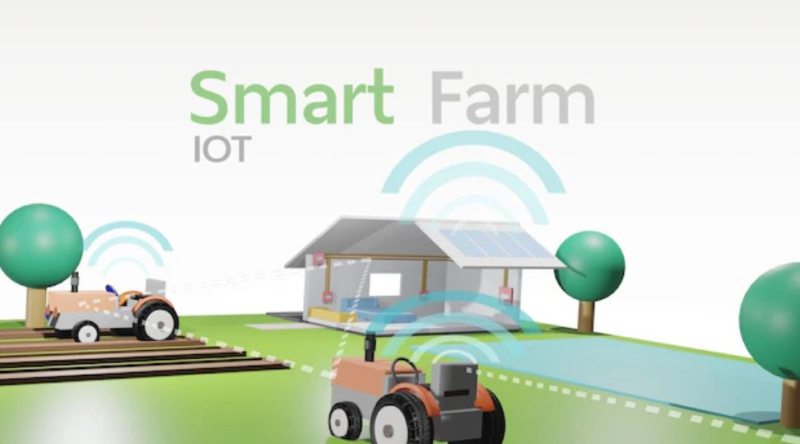
What is smart agriculture?
Smart agriculture refers to the concept of managing farms, orchards, and greenhouses by using new Internet of Things (IoT) technologies with the aim of increasing the quantity and quality of products, optimizing production, and increasing the productivity of human resources. In other words, smart agriculture is the use of advanced Internet of Things (IoT) equipment in order to increase production, reduce environmental risks, reduce water and energy consumption, and increase the yield and production of plant products.
Internet of Things (IoT) and how to improve agricultural processes
Internet of Things (IoT) innovations has the potential to bring about major changes in many aspects of agriculture. In other words, there are different ways that IoT can improve processes in the agricultural sector:
- Optimizing operations
Thousands of data collected by smart agricultural sensors, for example, data on weather conditions, soil quality, and crop growth progress can be used to measure and optimize planting, harvesting, and harvesting operations.
- Risk reduction
Thanks to increased monitoring of the production process of agricultural products, cost management, and reduction of waste by observing any abnormalities in each of the stages of crop growth, the risks of losing optimal performance can be reduced.
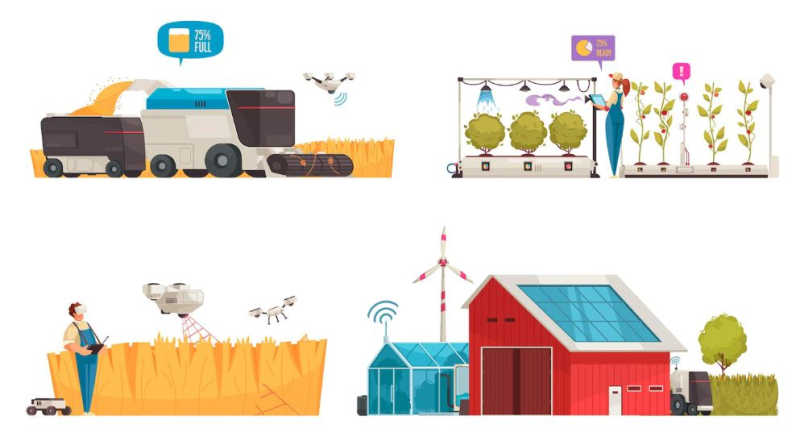
- Increasing productivity through process automation
With the use of intelligent Internet of Things devices, several processes in the production cycle such as irrigation, fertilization, or pest control can be performed automatically.
- Increasing the quantity and quality of products
Achieving better control over the production process and maintaining higher standards through automation increases product quality and growth capacity.
Internet of Things (IoT) technologies for today's farmers
- Sensors
Various types of sensors, including soil, water, light, humidity, and temperature management sensors are used in the smartening of the agricultural sector.
- Cloud computing system
Storage and processing of data collected from sensors are done through cloud computing. Therefore, large amounts of data are loaded, stored, and evaluated, and provide feedback to make decisions as quickly as possible.
- Big data analysis software
Specialized software that targets specific types of analysis in the agricultural industry is among the other Internet of Things tools in the smartening of the agricultural industry.
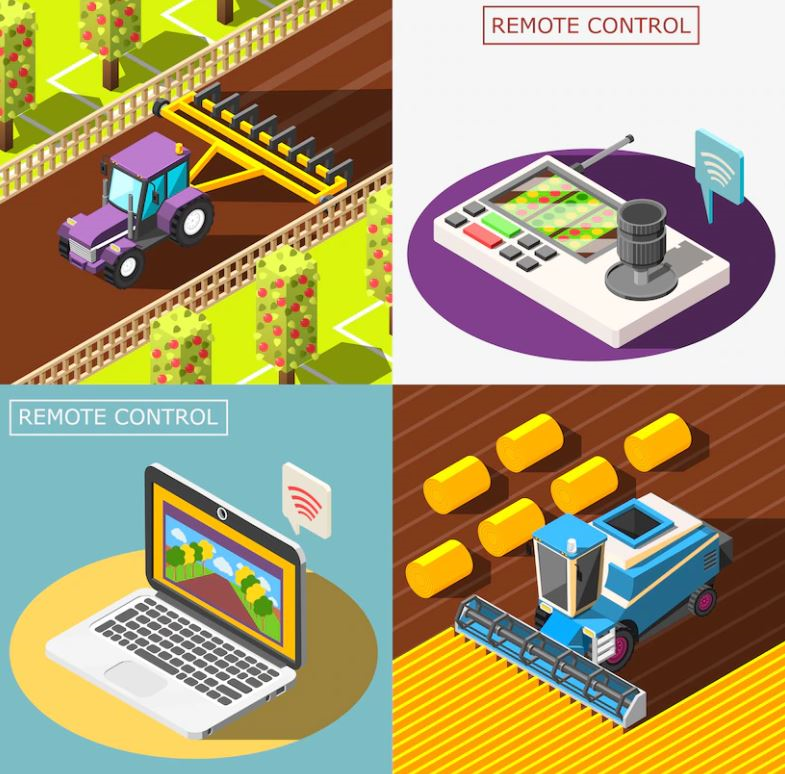
- Smart trackers
Telecommunication technologies such as advanced networks, GPS, and satellites are among the most important Internet of Things (IoT) technologies used in data collection in the field of smart agriculture.
- Smart agricultural tools
Tractors, drones, and robots are among the most widely used tools in the agricultural industry. For example, agricultural drones are a very good example of Internet of Things (IoT) applications in this field. UAVs can be very helpful in different aspects such as irrigation, fertilization, soil analysis, and product health measurement.
The benefits of smartening the agricultural industry
Let's explore the benefits of smart agriculture and how the Internet of Things (IoT) in agriculture can lead to increased production.
- Weather conditions monitoring
By using smart agricultural sensors, weather conditions can be predicted in advance and necessary measures can be taken.
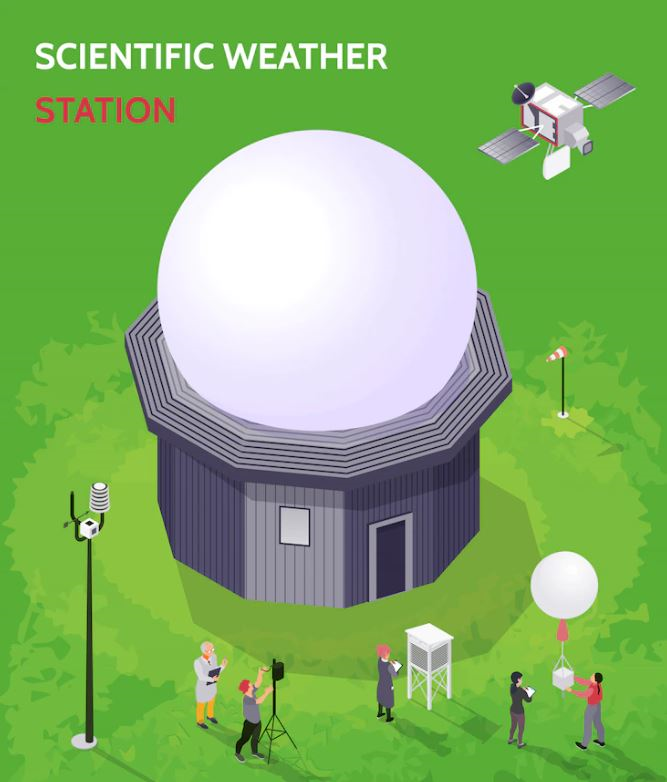
- Increase the production of products
Timely planting, planting, and harvesting operations, as well as timely irrigation and correct use of fertilizers and pesticides, increase production and profitability as much as possible.
- Reducing the amount of water consumption
Forecasting the weather and sensors in the soil that measures the amount of moisture does not allow the use of more than the required amount of water.
- Reduction of operational costs
By automating the processes of planting, holding, and harvesting, the number of consumed resources, human error, and, as a result, the operating costs of product production will be reduced.
- Improving the quality of products
Accurately measuring the quality of products and investigating their relationship with the stages of planting, growing and harvesting allows farmers to increase the quality of products by properly planning operational processes.
- Remote monitoring and control
Agricultural industry activists can monitor and manage their agricultural fields, gardens, and greenhouses from anywhere in the world through their smart mobile phone application. In fact, they are able to remotely monitor data such as production level, light intensity, and humidity level. This will save them time and energy.
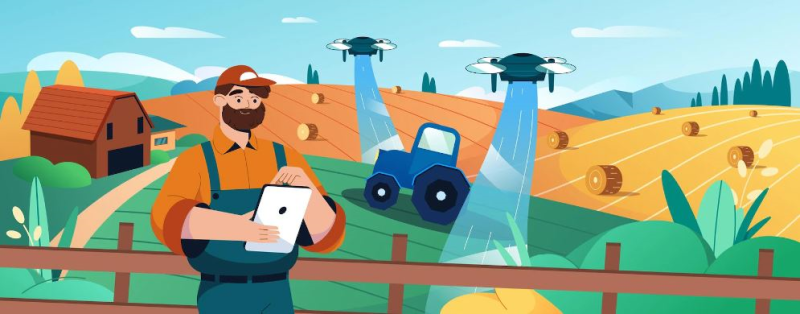
- Environmental Protection
The high productivity of current agricultural land reduces the need for deforestation to create more cropland.
In addition, the Internet of Things (IoT) presents new ways to the agricultural sector through which challenges such as the following can be put to an end:
• Buying the right seeds
• Preventing the spread of diseases
• Buying and paying at the right time
• Timely fight to get rid of pests
• Using the appropriate poisons to get rid of the pest in the infested area
Use cases of the Internet of Things (IoT) in agriculture
Now that we know the benefits of the Internet of Things (IoT) in agriculture, let's take a look at how the aforementioned benefits can be applied in real life.
1- What is smart gardening?
There are many unique opportunities that today's innovations can offer to improve the gardening process. The main goal of smart gardening is to use new Internet of Things (IoT) devices to double the productivity of gardening processes. For example, irrigation systems can be directly connected to a smartphone and this process can be monitored from any geographical point. It is also possible to schedule sprinklers or fertilization and spraying systems in advance, and while the results are being checked, it is also informed when the fruits and vegetables will be harvested.
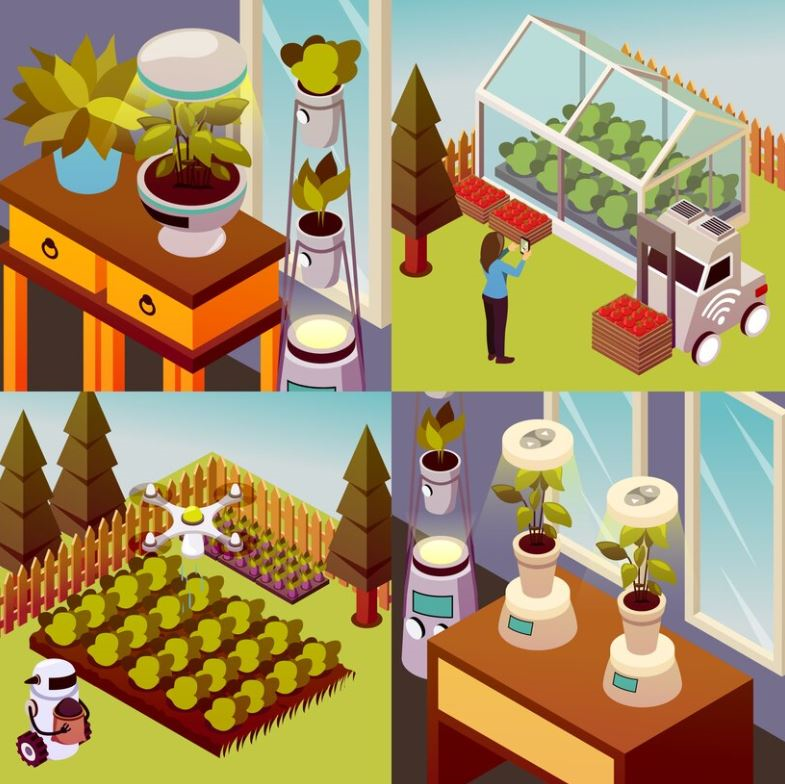
The benefits of making garden smart
Today, the protection of water resources is one of the main concerns of governments. Smart gardening takes it a step further by using Internet of Things (IoT) technologies to optimize processes. In fact, by using IoT tools, it is possible to prevent wastage by creating an environment-friendly garden and better management of water consumption.
Another benefit of smart gardening is cost savings. In this way, it is possible to save production costs with a more efficient irrigation system and by producing healthier plants.
Finally, it is possible to save time by implementing innovative techniques and technologies of the Internet of Things (IoT) in making the gardens smart.
Some examples of smart gardening tools
Now let's take a look at some Internet of Things (IoT) innovations that play an effective role in making gardens smarter:
- Smart sprinkler
Smart sprinkler systems that work on Internet of Things (IoT) technology are among the innovative tools that can be used in the smartness of gardens. Because they can be managed through a smart phone. Smart sprinklers respond to the water needs of plants through drip irrigation.
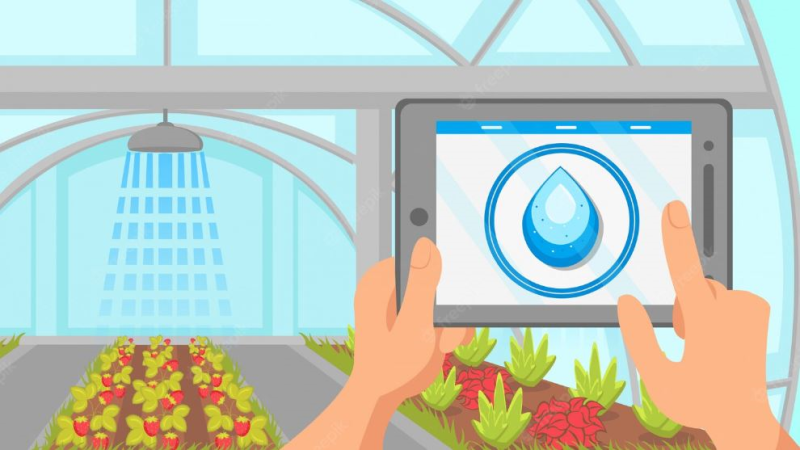
- Smart lawnmower
Smart lawn mowers are one of the most advanced mappings and GPS navigation systems for moving around the garden area. Technology has made these lawn mowers a simple task. Smart lawn mowers can be connected to a smartphone or computer so that one can easily set a mowing schedule and monitor its progress.
- Smart lighting of the garden
Smart gardening lights are outdoor garden lighting bulbs that can be controlled via a wireless network using an app on a smartphone. These smart lights have features that allow you to control brightness, timing, and even color. Adding a motion sensor to the smart garden lights can also save energy. Depending on your budget, energy requirements, and garden design, you can choose solar lights for your garden.
- Smart flower pot
Smart pots have now facilitated the cultivation of flowers and plants in homes and for nature lovers. These pots have a reservoir that keeps the potting soil moist using the capillary irrigation system. So as long as the tank is full, the plants will receive a constant level of moisture.
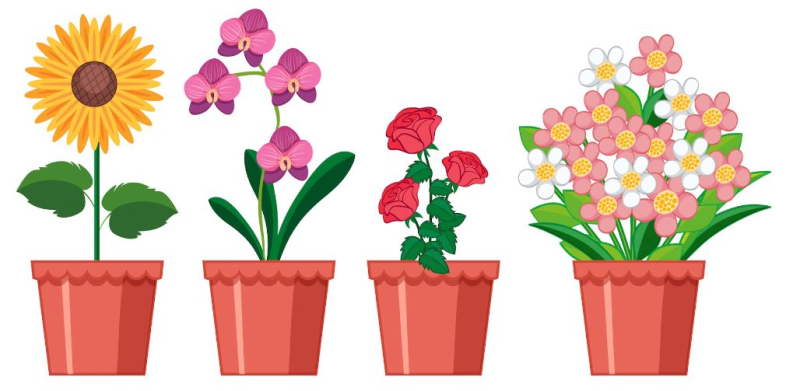
2- The smart greenhouse
The greenhouse is actually a controlled environment where the needs of the plants grown inside it are provided in a special way and under special conditions. In traditional farms, microclimate and agricultural parameters are measured in a relatively manual way, and there are limitations to measuring these parameters. Also, agricultural practices are implemented based on a predefined and speculative plan. On the other hand, temperature changes during the day or pathogenic factors such as viruses or bacteria constantly affect the greenhouse environment and threaten the crops.
Meanwhile, smart greenhouses, equipped with modern sensors and Internet of Things (IoT) communication technologies, automatically receive information from the surrounding environment and the product at all hours of the day and night, and these collected data are transferred to an Internet of Things (IoT) platform they enter. In this platform, analytical algorithms analyze the collected data and help create a sustainable greenhouse by providing real-time information. Therefore, air conditioning and lighting operations, along with irrigation, spraying, and fertilizing activities, can be adjusted according to demand. Continuous data monitoring can facilitate the assessment of disease risks and product contamination. Additionally, a smart greenhouse allows growers to minimize labor, and improve resource and chemical efficiency while optimizing yield rates.
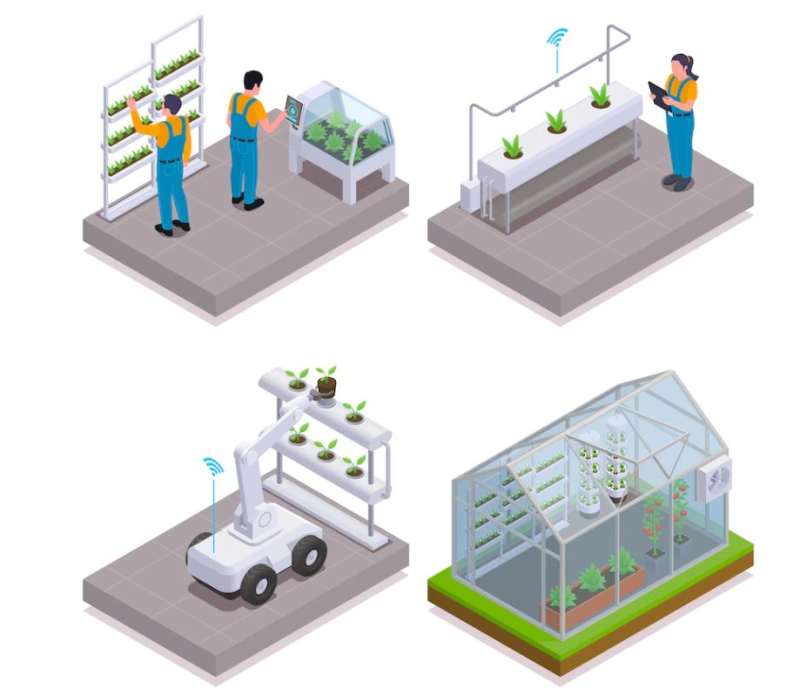
The advantages of smart greenhouses
Smart greenhouses offer four key benefits to crop producers:
- Microclimate
Internet of Things (IoT) sensors allow greenhouse owners to collect more extensive data at a much finer scale. These sensors provide real-time information on important environmental factors such as temperature, humidity, light exposure, and carbon dioxide levels in the greenhouse. By documenting the crop growth cycle and other vital information, growers are able to plan for future crops. This data makes appropriate changes to air conditioning and lighting settings to maximize plant growth while conserving energy. Motion sensors help detect doors that are accidentally left open and ensure an isolated environment for plants to grow.
- Improving irrigation and fertilization methods
Smart greenhouses help greenhouse crop growers to have comprehensive information not only on temperature and humidity but also on key variables such as sunlight exposure. As a result, irrigation and fertilization activities will be carried out according to the needs of cultivated plants for maximum efficiency. For example, knowing the amount of soil moisture shows whether crops are under underwater stress or not. On the other hand, soil salinity level gives important information about fertilizer needs.
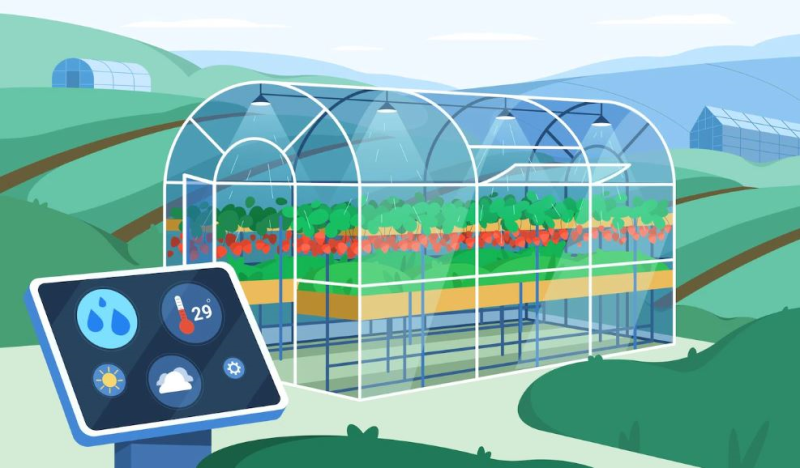
- Early diagnosis and treatment of disease outbreaks
Crop contamination is a constant problem for greenhouse farmers; So every infectious disease causes significant losses in the production of products. The information collected by the Internet of Things (IoT) sensors in greenhouses makes it possible to use agricultural pesticides if needed. The use of pesticides and pesticides should be limited; Because excessive use may lead to environmental concerns and increase production costs.
- Reduction of theft and increase in security
Greenhouses with high-value crops are attractive targets for thieves. Many farmers do not have a proper security system. In this case, Internet of Things (IoT) sensors in smart greenhouses provide a low-cost infrastructure for monitoring the status of entrance doors and detecting suspicious behavior. When a security problem occurs, the security system automatically alerts.
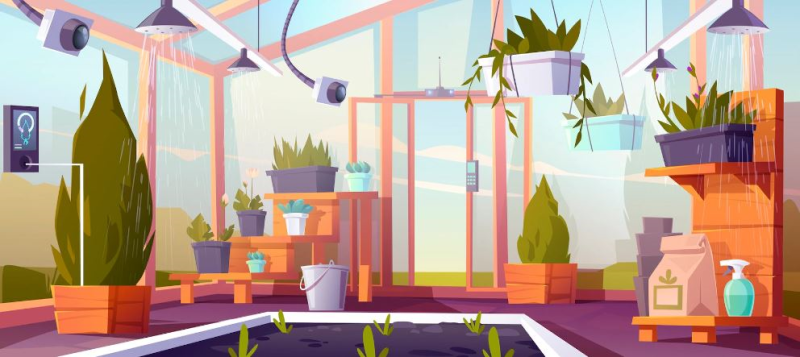
In addition to the above, the Internet of Things (IoT) technologies used in the smartening of greenhouses also bring the following benefits to greenhouse owners:
• Soil moisture control
• Measuring the amount of CO2 gas
• Solenoid valve control and monitoring
• Optimum use of human resources
• Monitoring of temperature, light, and humidity
• Monitoring the status of windows and shades
• Supervision of heating and cooling devices
• Advanced analysis of data collected with the help of sensors
What is required to implement a smart greenhouse?
There are several key factors to consider for making greenhouses smart:
• Battery-powered low-power sensors to record real-time weather, crop and security data
• Reliable and cost-effective wireless connectivity for remote transmission of data collected by sensors
• A platform for storing and analyzing big data
3- The smart farm
One of the most widespread and effective applications of the Internet of Things (IoT) is in the smartening of farms. The term smart farm is also known as smart agriculture or precision agriculture in many cases. Using Internet of Things (IoT) sensors, farmers can access a vast array of information on every aspect of the farm ecosystem. Among this information, we can mention lighting, temperature, soil condition, humidity, CO2 levels, and pest and disease contamination. This data enables farmers to estimate the optimal amounts of water, fertilizers and pesticides needed by their crops, reduce costs and produce better and healthier crops.
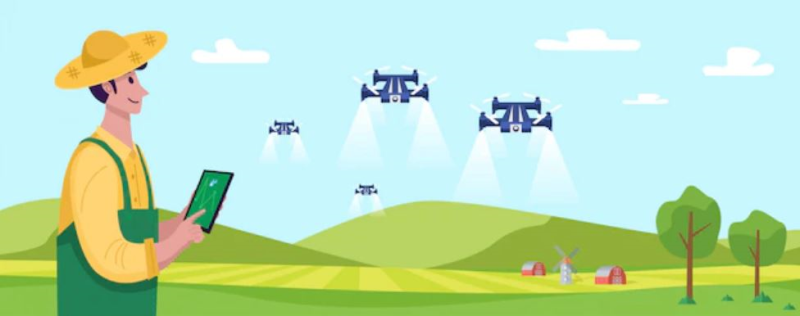
The benefits of smartening farms
- Optimization of water sources
One of the most important issues in agriculture is water consumption and irrigation. One of the common ways to irrigate fields all over the world is the use of a central control system in which water will be distributed everywhere at 360 degrees. The disadvantage of this method will be the blind irrigation of agricultural lands; It means that all parts of the land are irrigated in the same way regardless of its conditions. One of the benefits of using Internet of Things (IoT) innovations in the intelligent agricultural industry is water pressure control. By reducing the water pressure in a specific line for irrigation, the amount of water used in different areas can be controlled. By using this method, farmers can keep moisture near the surface with less water pressure and reduce soil erosion. In addition, with this operation, the irrigation line will be controlled and will not leave the agricultural land. Another advantage of smart agriculture is irrigation planning. The use of soil moisture control sensors will provide monitoring through wireless systems. By monitoring the soil moisture level, irrigation can be scheduled completely automatically depending on the day and time.
- Optimizing soil quality
What do you know about the importance of soil in agriculture? According to the definition of the American Institute of Soil Science, soil is a natural mass that consists of mineral and organic materials and covers a large part of the earth's surface, and holds the roots of plants. From a geological point of view, the soil is a solid and soft part that is from the upper part of the earth's crust, which is formed by the decomposition of mineral and organic materials and the formation of new compounds such as plant remains. Another important element in agriculture is soil. If there is no soil, there will be no crops. Through smart agriculture, farmers can get any details related to land and crops with the help of agricultural drones. The data collected by the drone can be used for various factors such as the number of plants, yield prediction, plant health indicators, plant height measurement, plant crown coverage mapping, nitrogen content in the product, and drainage mapping to maintain and harvest efficient products. Profit These agricultural drones can collect data and images obtained by temperature, heat, and multi-spectral photography during the flight, and then they will land and turn off in the same place where they started working.
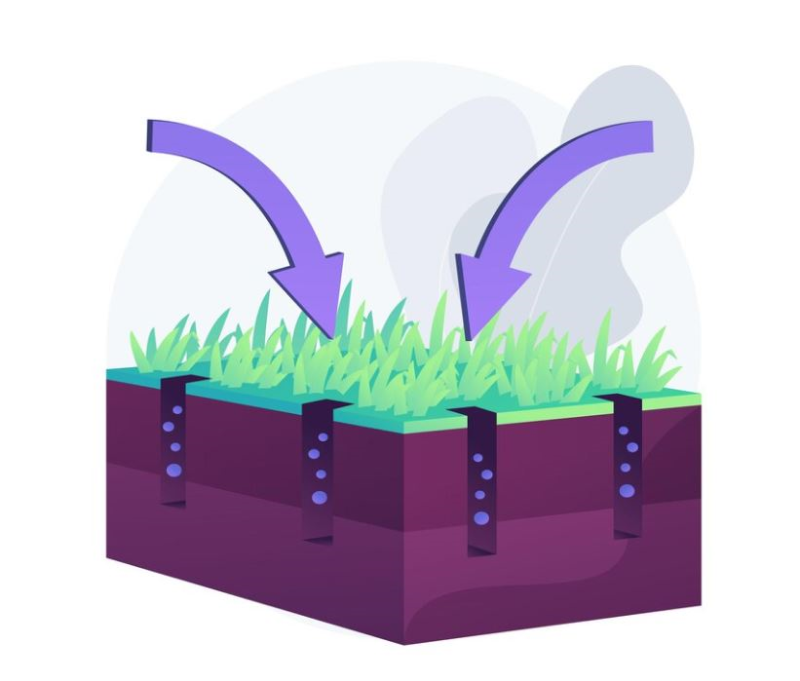
- Providing enough light for plants with IoT sensors
Sensors that measure the exact number of light rays and convert them into an electrical signal that can be read by the user or an electrical device are called light sensors. Professionals in the modern industry (IoT) are very interested in light sensors; Because it is used to measure different things at the same time. This sensor technology allows them to control electromagnetic energy, which includes light, electricity, etc. It is interesting to know, these sensors are used in environmental monitoring, health care, aerospace, energy, and other industries.
Grow your agriculture business with IoTSmile smart solutions
According to the Food and Agriculture Organization of the United Nations (FAO), the world population is expected to exceed 9 billion by 2050. To produce enough food for the target population, the volume of agricultural production must increase by 50%. Therefore, since the resources of agricultural operations are limited (most of the lands suitable for agriculture are already used), the only way to increase the volume of products is to improve production efficiency. There is no doubt to what extent smart agriculture can help to deal with this challenge. At IoTSmile, we develop customized Internet of Things (IoT) solutions for agriculture, tailored to your specific needs.
To receive advice and prepare any of the products, you can contact us by calling the numbers announced on the site, sending an email, or registering a ticket. Our colleagues are ready to answer and guide you

References:
- Easternpeak: IOT IN AGRICULTURE: 9 TECHNOLOGY USE CASES FOR SMART FARMING (AND CHALLENGES TO CONSIDER)-1st March 2023
- Happysprout: Gardening 101: What is smart gardening? -September 3, 2021
- Behrtech: 4 Benefits of Smart Greenhouses and How to Get Started
- Postscapes: Smart Greenhouse Remote Monitoring Systems
- Thehdgroup: What is Smart Gardening?-June 8, 2022
foundNothing


